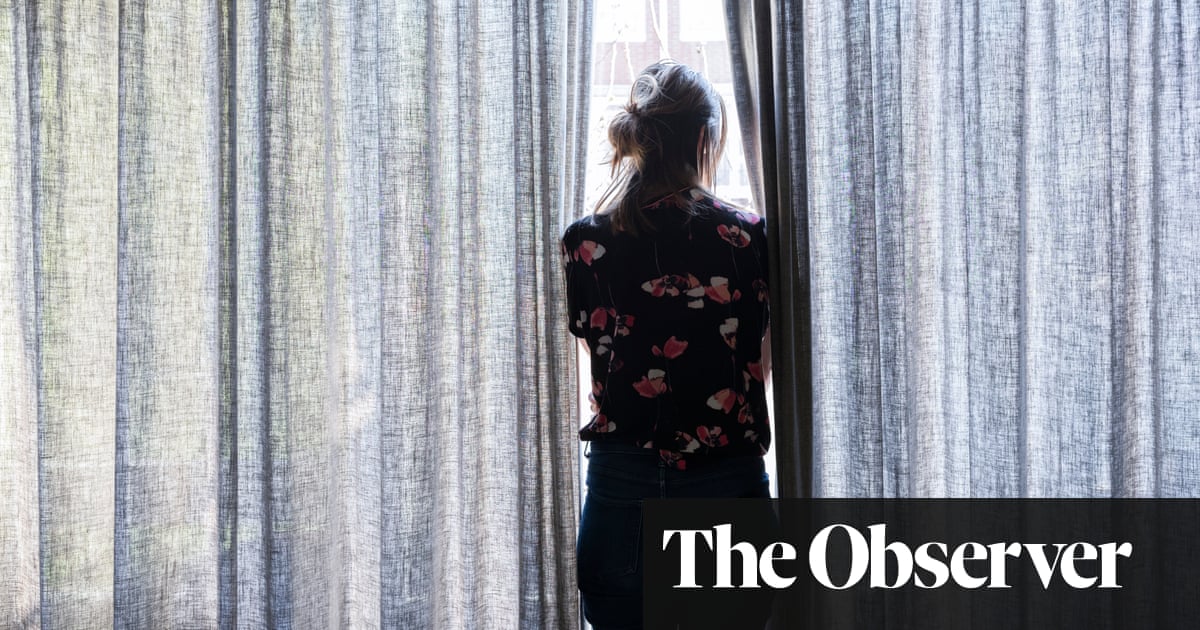
Women would need to work for an extra 19 years to retire with the same pension savings as men, according to data from the Pensions Policy Institute.
The research found women retiring at 67 – the new UK state pension age from 2026 – will have saved an average of £69,000, compared with £205,000 for men.
The data, published by the PPI and pensions provider Now: Pensions, suggests that under the current system, in order to close the “gender pension gap” a girl would need to start saving at three years old to retire with the same amount of money as working men.
Career gaps, caring responsibilities, childcare costs and lower earnings all contribute to the disparity.
As automatic enrolment into workplace pensions – where workers are put into a pension scheme into which they and their employer pay – starts at the age of 22, the 19-year gap meant that “by age three, girls are already falling behind boys in their provision for later life”, the researchers claimed.
However, women often live longer than men – on average by about seven years – meaning their retirement pots also need to last longer.
Now: Pensions is calling for the £10,000-a-year earnings threshold for people to be automatically enrolled into a workplace pension to be removed because it excludes many women who hold multiple jobs or work part-time or as freelancers.
The UK state pension age of 66 is set to rise to 67 between 2026 and 2028. From 2044, it is expected to rise to 68. However, research issued earlier this week suggested it would have to rise to 71 for those born after April 1970.
Separate industry figures issued on Wednesday indicated that the estimated amount of money needed to enjoy a “moderate” standard of living in retirement had jumped by £8,000 – or 34% – in a year as a result of the cost of living crisis and changes in behaviour.
The Pensions and Lifetime Savings Association has developed the “retirement living standards” to show what life in retirement looks like at three different levels – minimum, moderate and comfortable. Last year it said a single person needed about £12,800 a year to meet the minimum threshold but this year the figure has been put at £14,400.
The new threshold for a moderate standard of living in later life is £31,300 for a single person – up from £23,300 a year ago. To meet the comfortable threshold, the new figure is £43,100 a year for one person – up from £37,300.
The pension provider Scottish Widows said securing a guaranteed annual income of £23,300 for life would require a pension pot of about £500,000 – but securing an income of £31,300 would mean amassing a pension pot of more than £750,000.
The PLSA said its latest research “reflects the price rises that households have faced, particularly in food and energy use”, but also highlighted the increasing importance people placed on spending time with family and friends away from the home, as people’s priorities have changed after the coronavirus pandemic.












